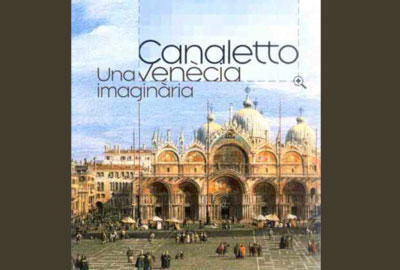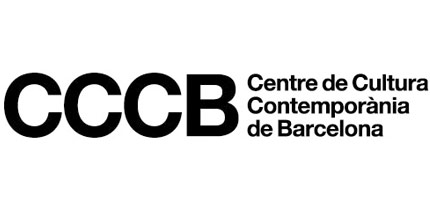Exhibition
Canaletto: An imaginary Venice
The exhibition will include a selection of the painter's original works, including vedute, capricci and engravings, as well as works by other vedutisti of the period (Carlevaris, Marieschi, Bernardo Canal). It will also focus on Bernardo Bellotto, "the other Canaletto", who made a decisive contribution to establishing Canaletto's distinctive image all over Europe, and who has only very recently been fully recognised in his own right.
Canaletto did not paint Venice - he invented it. And it is perhaps this imaginary Venice which gelled in the reveries of future visitors. Because the images of Venice which Canaletto created showed a static city, untouched by decadence or deterioration. He often sublimated the city, extending it to fantastic but no less real dimensions, because his visions went beyond naturalism and the virtuosity of reproduction of reality. Nonetheless, the figure of Canaletto was until recently pigeonholed into a very limited, historically false idea of him as the "photographer-painter" or a mechanical reproducer of the reality around him, whereas his visions are considerably more intellectual and less phenomenal in origin than is habitually maintained.Curators: Annalia Delneri, Dario Succi
The first part brings together 31 etchings produced by Canaletto between 1740 and 1744, including vedute (views) and capricci.
Canaletto, breaking away from his predecessors, created a kind of summa which brought together and combined the topographical view, the capriccio of ruins and the landscape capriccio, with the intention of pointing up the complementary nature of the genres of vedute and capricci, thereby giving the lie to their exclusivity, which was proclaimed almost unanimously by scholars.
The central body of the exhibition is devoted to the paintings of Canaletto, including twenty works, the majority on canvas and the rest on paper.
This sector also includes works by other great Venetian landscape artists: Luca Carlevarijs, Bernardo Bellotto, Michele Marieschi, Francesco Guardi and Bernardo Canal, prioritising those which allow a direct comparison with the Venice of the Master.
Lastly, in the final section, we find forty engravings from the Urbis Venetiarum Prospectus Celebriores, the exhibition of etchings with which Antonio Visentini (1688-1782) translated the most significant "exact" views painted by Canaletto between the late twenties and early forties.
The publication of the album played an important part both for the international promotion of Canaletto and the absolute novelty of combining these images, in a sequence which marked a turning point in the way of seeing the city. The creation of an itinerary proposed by this sequence of engravings, with the backdrop of a landscape which becomes the foreground of the next, was evidence of a totally attitude to the city.
The Canaletto-Visentini anthology was not content with cataloguing memorable facades; it actually penetrated to the essence of the urban fabric, drawn together around its famous buildings. The image of Venice invented by Canaletto and engraved by Visentini was not the real city, and the optimistic function of the viewpoint changed its meaning: rather than celebrating a past of immemorial superiority, it anticipated a different scope for a society which was perhaps regenerated, but definitely more civic.

